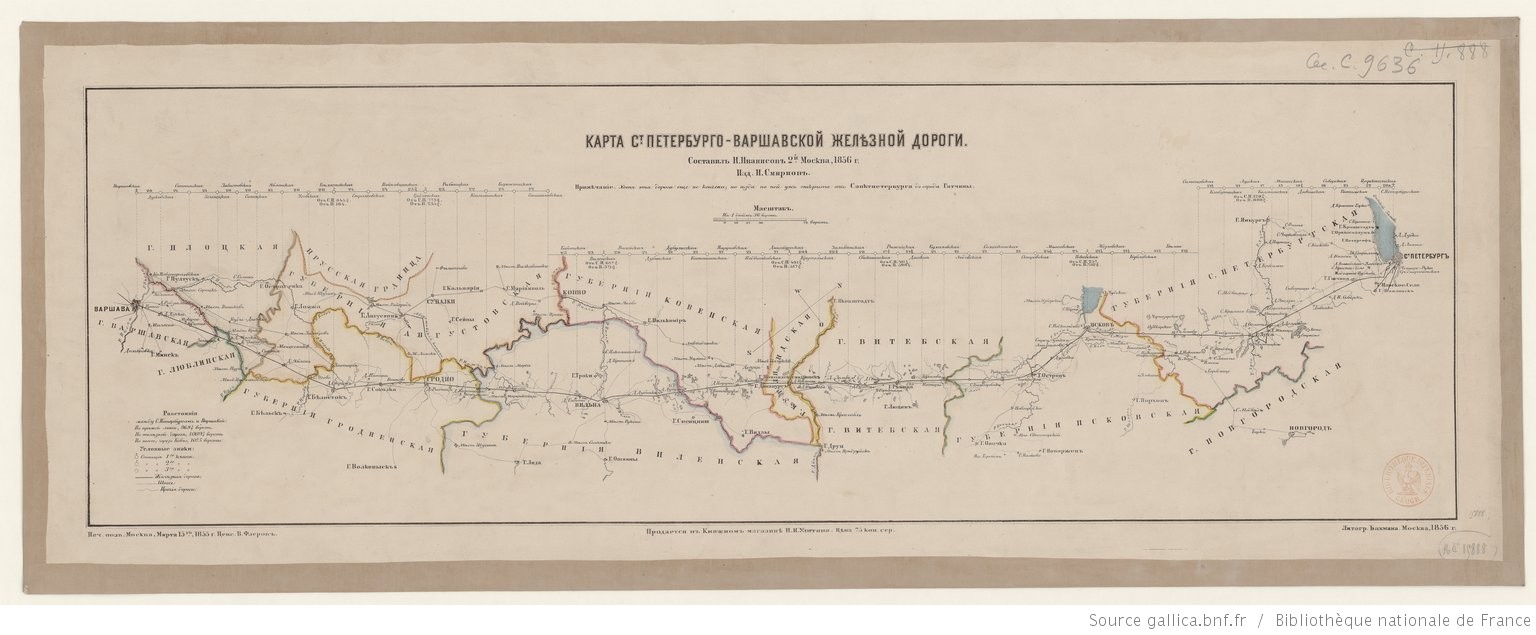Karta Rossii Dorogi Onlajn

Unchi nichi hai dagariya song free download. The old RZD logo After the collapse of the Soviet Union in 1991, the Russian Federation inherited 17 of the 32 regions of the former (SZD). By 1998, total freight traffic was half the 1991 figure. Government investment in the railway system was greatly curtailed, and passenger fares were no longer subsidized.
Though increasingly inefficient, the Russian railway system avoided major reform into the 1990s. A Structural Reform Program, focused on restructuring the railway sector within 10 years, was ultimately approved in 2001. In 2003, the Federal Law on Railway Transport divided the Ministry of Railways into the Federal Railway Transport Agency (FRTA) and Russian Railways (RZD). The reform also required RZD to provide access to railway infrastructure to other carriers and operators. As the law requires carriers to provide service to customers anywhere in Russia, RZD retained its dominant position. Later in 2003, the Decree No.
Results 201 - 300 of 1730 - Dorogi Primorʹi︠a︡: masshtab 1:1 100 000: karta dorog krai︠a︡, karty gorodov--Vladivostok, Nakhodka, Ussuriĭsk / Road map with.

585 established RZD as a joint stock company, making it a holding in charge of 63 subsidiaries, including, RailTranAuto, Rail Passenger Directorate, Russian Troika, TransGroup, and Refservis. RZD acquired 987 companies (95% in asset value) out of the 2046 that had formed the MR system. Gennady Fadeyev, the Railways Minister, became the company's first president. The reform saw the creation of a new market segment following the privatization of the network's rolling stock. The company divided the bulk of its wagon fleet between two new operating companies, (which was later privatised) and (renamed Federal Freight in 2012), and private players such as GlobalTrans also entering the market.
An old car (probably from the Soviet period) designed in the new corporate livery of Russian Railways In 2003, RZD launched a project to replace the on to the used in the rest of Russia; by 2016, 73% had been converted. The share of privately owned wagons in the freight transport increased to one-third of the total by 2005. On 18 May 2006, the company signed an agreement with for the delivery of eight high-speed trains.
Silicon power preformat tool v3.7 support repairing flash drives with chip vendor PS2551, PS2251-03. Download Silicon Power Formatter V3.7 silicon power formatter. Phison ps2251 03 v datasheet archive. Islamicdeve.cba.pl› Phison Ps2251 03 V Datasheet Archive Electronic PS 2251-03 datasheet pdf. The PHISON’s PS 2251-33 micro-controller supports USB 2.0 & 1.1 and interface to NAND Flash Memory. PS2251-03: Introduction Phison PS2251-03, an ultra-high-speed USB 3.0-to-Flash micro-controller chip, supports 3X2X1X nm flash memory. The PHISONs PS2251-33 micro-controller supports USB 2.0 1.1 and interface to NAND Flash Memory. This chip is specially designed for portable storage device. The Datasheet Archive. Abstract: phison ps8005 v 24 /TLCS-900/Toshiba MLC flash. Abstract: phison ps2231 PS2136 PS2251-33 PS2232.
On May 23, 2007, Russian Railways adopted a new corporate style which changed fundamentally the way the Company presented itself visually to the outside world. The change of corporate identity underwent several stages during the 2007–2010 period. The final version of the logo was designed by Branding. Also, commissioned by Branding The Agency HardCase Design created a family of corporate fonts RussianRail, consisting of 15 fonts. In the new company logo RussianRail Grotesque Medium was used. In 2008, the new logo of Russian Railways became a runner-up for the international design competition WOLDA '08 award. Strategy 2030, an investment plan to expand and modernize the railway network, was approved by the Russian government in 2008.
Since 2008, as part of the structural reform of rail transport, with separation of the services infrastructure of transportation activity and the emergence of a competitive environment, Russian Railways has been transformed into a vertically oriented holding company. In 2009, the investment budget was 262.8 billion rubles (excluding VAT), of which 47.4 billion for projects related to the preparation and staging of the Olympic Games in Sochi; 58.7 billion for the renovation of the rolling stock (including supply of Sapsan [Peregrine] trains). [ ] 2010s [ ]. 2005-2010 modernization program of Russian Railways In 2010, Federal Passenger Company was established as a fully owned subsidiary of Russian Railways, providing long-distance passenger services both in Russia and abroad. By the end of 2013 it operated all long-distance routes, except for high-speed lines, which are operated by RZD.
RZD issued its first dollar-denominated in 2010, raising $1.5 billion. On October 28, 2011, the Joint Stock Company, a subsidiary of Russian Railways, sold 75% of its shares minus two shares for 125.5 billion rubles (about 4 billion $) to Independent Transport Company owned. Thus, Lisin as Russia's largest operator of rolling stock acquired control of a quarter of the freight market. As part of its reform efforts, RZD massively reduced its workforce, from 2.2 million in the 1990s to 934,000 people in 2012.